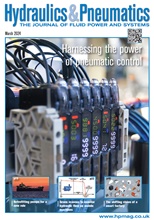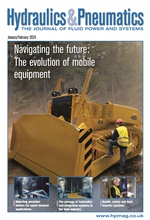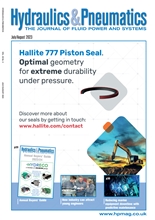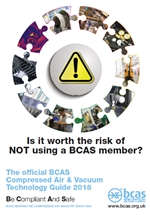- Home » Editorial » Hydraulics
Choosing the right heat exchanger for thermal processing
Creating turbulence
One way to prevent the build-up of these layers is to increase the speed at which the fluid passes through the heat exchanger so that turbulence is formed and the boundary layer breaks away from the surface of the tube. This is the point at which so-called laminar flow (with the fluid passing through in smooth layers, where the innermost layer flows at a higher rate than the outermost) becomes turbulent flow (where fluid does not flow in smooth layers but is mixed or agitated as it flows).
The speed at which this occurs is influenced by many different factors, but in order to quantify it for specifying heat exchangers, engineers use something called the Reynolds number. This is determined by the diameter of the tube, the mass velocity of the fluid and its viscosity.
Reynolds numbers of less than 2100 describe laminar flows, while numbers above 10000 describe full turbulent flow. Between the two values is an area of uncertainty called the transitional zone, where we see a general transition from full laminar to full turbulent flow.
In practice, engineers try to provide solutions outside of this zone as much as possible. Tube deformation such as corrugation helps to increase the heat transfer performance once entered the turbulent flow area (Reynold > 2100). This is the main reason for using corrugated tube heat exchangers.
New insights
Using our experience, and the most recent scientific data available, HRS has produced a new state-of-the-art software programme, which we use to calculate the necessary size of our heat exchangers. It is already producing some interesting results and giving new insights into how best to design tubular and scraped surface heat exchangers which provide the very best levels of performance.
-
Smart Manufacturing & Engineering Week
05 - 06 June, 2024
NEC, Birmingham -
HILLHEAD 2024
25 June, 2024, 9:00 - 27 June, 2024, 16:00
Hillhead Quarry, Buxton, Derbyshire UK










